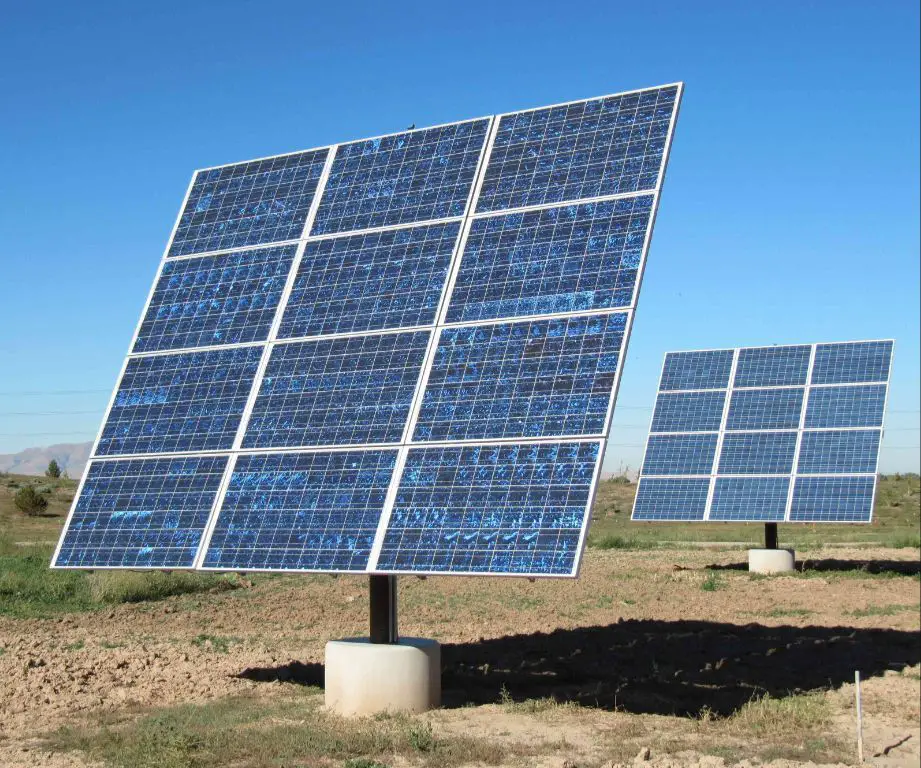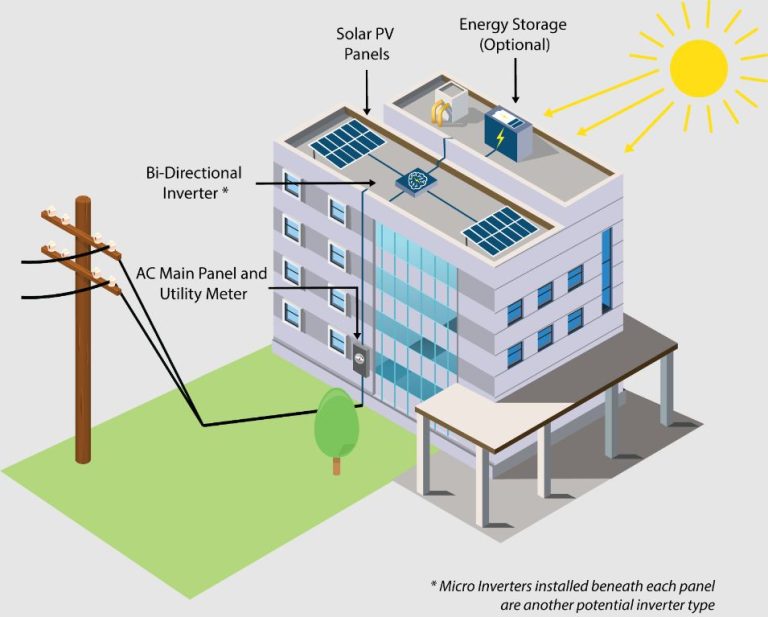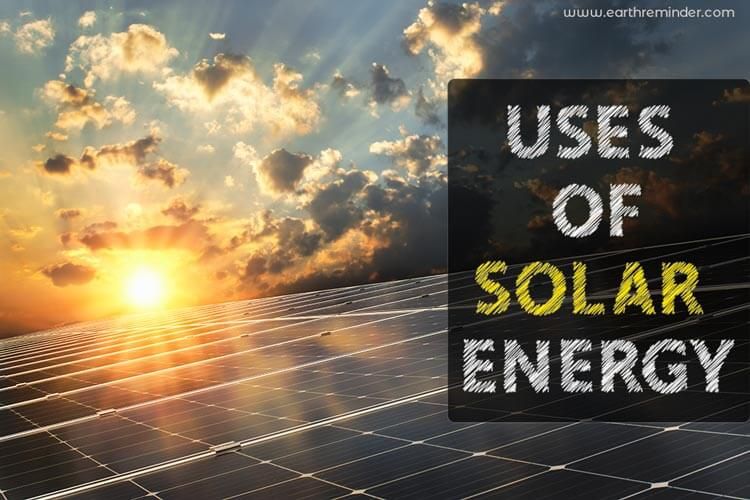Which Company Is The Largest Producer Of Solar Energy?

Solar energy is the radiant energy emitted from the sun, which can be harnessed and converted into electricity using solar photovoltaic panels. Solar power is an important renewable energy source that produces zero direct greenhouse gas emissions during operation (https://www.europe.study/denmark/238-introduction-to-solar-cells). The importance of expanding solar energy production stems from its potential to combat climate change, reduce air pollution, diversify energy supply, and provide energy access. Solar power represents a sustainable energy option that relies on the virtually limitless power of the sun. Given the abundance of solar resources across the globe, solar energy systems can be installed at any scale to generate clean electricity. With solar panel costs declining and efficiency improving, solar power has emerged as a mainstream energy source and one of the fastest growing renewable energy technologies worldwide. Scaling up solar energy production will be critical for transitioning away from fossil fuels towards a decarbonized global energy system.
Global Solar Energy Production
Over the past decade, global solar energy production has experienced tremendous growth. According to research, despite the challenges of the COVID-19 pandemic, global solar generation increased 23% in 2020 to reach a record 778 terawatt-hours (TWh). This accounted for approximately 3% of global electricity demand that year. Solar power has seen consistent growth over the past several years, with an average annual increase of over 30% since 2015.
Analysts forecast continued rapid growth driven by falling costs, supportive government policies, and increased demand for clean energy. The International Energy Agency (IEA) projects solar generation to reach over 5,000 TWh by 2030, comprising nearly 10% of global electricity supply. Key markets driving growth include China, the United States, India, Japan, and countries across Europe. Advancements in solar technology and storage solutions will enable greater adoption going forward. While still a relatively small contributor today, solar power is positioned to play a major role in the global renewable energy transition.
Leading Countries
China is by far the world’s largest producer of solar energy, with over 300 gigawatts (GW) of total installed solar capacity as of 2021, according to Solar power by country – Wikipedia. This is more than double the solar capacity of the next leading country, the United States. Other major producers include Japan, Germany, and India.
After China, the United States has the second highest solar capacity at over 122 GW, followed by Japan at 71 GW. Germany comes in fourth with over 59 GW of solar capacity. Rounding out the top five is India, which had 51 GW of solar power installed as of 2021.
These five countries alone account for over 80% of the world’s total installed solar photovoltaic capacity. Their massive investments in solar energy over the past decade have enabled them to rapidly scale up production and lead the global transition to renewable energy.
China’s Solar Dominance
China has emerged as the global leader in solar energy production and deployment over the past decade. According to Statista, China accounted for over 30% of global solar PV capacity in 2021, with installed capacity reaching 306 gigawatts (GW). This is more than double the solar capacity of the next leading country, the United States.
The growth of China’s solar industry has been remarkable. In 2011, China had just 3 GW of solar capacity. But driven by favorable government policies, declining costs, and heavy investments, its solar capacity grew over 100 times to 306 GW by 2021. China is now home to many of the world’s largest solar panel manufacturers like JinkoSolar, JA Solar and Trina Solar.
China aims to continue its solar expansion in the coming years. As per Reuters, analysts expect China to install another 250 GW of solar capacity between 2022-2026, hitting 1,000 GW total by 2026. This is aligned with the Chinese government’s pledge to achieve carbon neutrality by 2060.
Other Major Producers
The United States, Japan, and Germany are also major producers of solar energy, though they trail China in total production capacity. According to Investopedia, the U.S. has the 3rd highest installed solar capacity in the world at 75 gigawatts as of 2019 [1]. Japan and Germany rank 4th and 5th with 56 GW and 49 GW respectively. However, on a per capita basis, Germany leads the world in solar production and met its 35% renewable energy target 3 years ahead of 2020 [2]. Key highlights for these countries include:
- USA: Expanded solar capacity 23-fold over the past decade. Accounts for 2.3% of total electricity generation.
- Japan: Solar accounted for 10% of total electricity generation in 2021, up from just 0.3% in 2012. Government incentives drove rapid growth.
- Germany: Gets 7-8% of yearly electricity consumption from solar. Added 1.5 GW of solar in just first 3 months of 2019.
Drivers of China’s Solar Boom
China’s rapid growth and dominance in solar energy production has been driven by strong government policies, investments, and incentives aimed at expanding renewable energy. The Chinese government has made developing solar energy a key priority through its Five-Year Plans, which set national economic and development goals. The 12th Five-Year Plan (2011-2015) called for major investments in renewable energy, aiming to nearly double solar power capacity in that timeframe [1]. This was followed by even more ambitious solar targets in the 13th Five-Year Plan (2016-2020), which helped establish China as the global leader in solar energy.
The Chinese government offers generous subsidies and incentives to solar companies and projects, including discounted land, cash incentives, low-interest loans, and credit support. These measures have spurred massive growth in domestic solar manufacturing and deployment. The government also invests heavily in solar energy research and provides support for new technologies. State-owned banks provide favorable financing terms for large-scale solar farms and rooftop installations. China’s Renewable Portfolio Standard mandates that a certain percentage of electricity generation comes from renewable sources, creating a stable market for solar power.
With strong policy support and unprecedented investment, China has seen its solar capacity grow from under 1 gigawatt in 2008 to over 250 gigawatts today. Ambitious long-term targets and plans ensure that government support will continue driving rapid growth in Chinese solar energy production for years to come.
Challenges
While China leads in solar energy production, the industry faces some challenges going forward. One major challenge is integrating large amounts of solar power into the electricity grid. China has built solar farms in remote areas, far from population centers that need the electricity. Transmitting this power long distances to the grid can be difficult and costly. Upgrading and expanding transmission infrastructure is needed.
The solar industry also relies heavily on subsidies and incentives from the government. As these decline over time, it creates uncertainty around long-term investments. Competing with conventional energy on costs will become more important.
Additionally, the global solar industry is dealing with excess supply and falling prices. Many new companies entered the market when growth was rapid. Now there is overcapacity and reduced profits. Less competitive firms may be pushed out of the market through mergers, acquisitions and bankruptcies.
China’s solar industry faces these headwinds going forward. But with strong government support and increasing global demand, China is still well-positioned to maintain leadership in solar energy production.
Future Outlook
China is projected to continue its dominance in solar energy production going forward. According to Guangzhou Hangcheng Technology Co., Ltd., China currently has over 50% of the world’s solar panel manufacturing capacity. With strong government support and policies aimed at expanding renewable energy, China is making massive investments to further grow its solar industry.
China has set ambitious targets to reach 1,200 GW of solar capacity by 2030. This is over 3 times its current installed capacity. To achieve this, China is dedicating large areas of land for new solar parks and farms. The government is also providing incentives for households to install rooftop solar panels. With declining solar costs, increased efficiency, and innovative technologies like floating solar farms, China is poised for massive growth in solar production this decade.
Barring any major policy shifts, analysts expect China to continue leading global solar energy production through 2030 and beyond. The country’s manufacturing capacity, economies of scale, supportive policies, and technological advancements make it difficult for other nations to catch up anytime soon. China’s dominance in solar helps drive down costs worldwide, but also concentrates the solar supply chain in a single country.
Impacts and Benefits of China’s Solar Dominance
China’s rapid growth in solar energy production has had major environmental and economic impacts both domestically and globally. By investing heavily in solar, China has become a leader in renewable energy and significantly reduced its reliance on coal and other fossil fuels. According to the NY Times, China accounted for over 80% of the expansion in global solar panel production in 2021 [1]. This has helped China meet its climate goals and improve air quality by avoiding emissions from coal plants. One study found that China’s solar boom saved over 200,000 lives from air pollution between 2013-2017 [2].
The growth of China’s solar industry has also created major economic opportunities. China now exports huge amounts of solar panels around the world. By scaling up production and investing in R&D, Chinese solar manufacturers have driven down costs by over 80% in the past decade [1]. This made solar power cost-competitive with fossil fuels globally, accelerating adoption. China also created millions of clean energy jobs through its solar boom. However, the industry does face challenges going forward as subsidies decline and global markets become increasingly competitive.
Conclusion
China has emerged as the undisputed leader in global solar energy production over the past decade. The rapid growth of China’s solar industry has been driven by strong government policies, declining costs, and heavy investment in manufacturing and installations. Even with recent slowdowns, China produces more solar power than any other country by a wide margin.
While China faces challenges of overcapacity and subsidy cuts, its dominance looks set to continue. With its huge domestic market and economies of scale, China is well placed to drive further innovation that will reduce costs. The future is bright for solar, as costs fall and it becomes increasingly competitive with fossil fuels globally. China will remain at the epicenter of this solar energy revolution.
China’s solar leadership brings major benefits in reducing carbon emissions and improving air quality domestically. It also strengthens China’s energy security and reduces its dependence on imported fossil fuels. As the effects of climate change intensify, China’s strategic investments in solar energy production and technology will pay increasing dividends in the long run.






